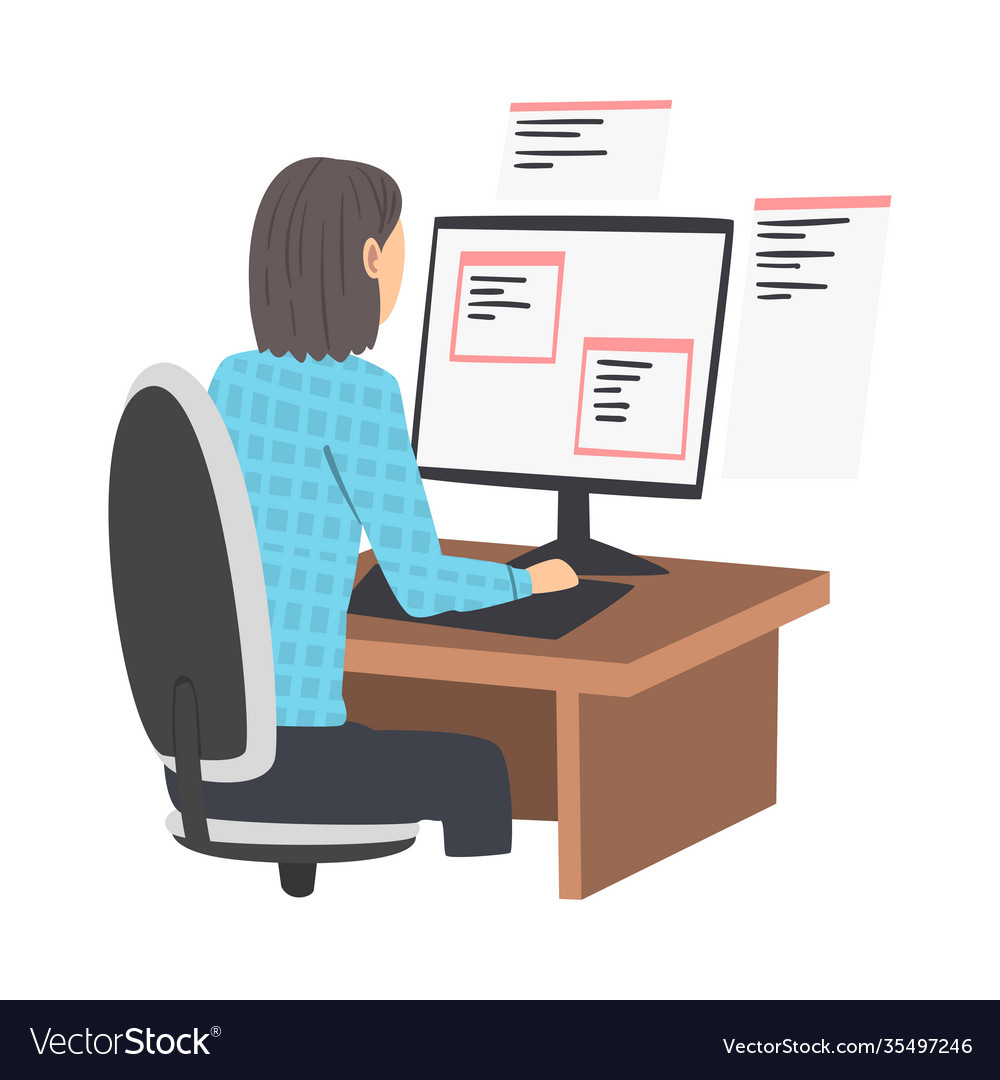Hire Dedicated Developers for Your Following Big Project with Confidence
Committed Developers vs. In-House Teams: Which Is Right for You?
The choice between using devoted designers and keeping an in-house group is a considerable one that can influence the trajectory of your tasks and overall company technique. On the other hand, internal groups contribute to a natural company society and a nuanced understanding of long-term goals.
Recognizing Committed Developers
The growing need for specialized skills in the technology sector has actually resulted in the development of committed programmers as a feasible remedy for numerous organizations. These specialists are typically gotten on a task basis, enabling companies to utilize specific knowledge without the long-lasting dedication connected with permanent hires. Committed designers are often embedded within a client's group, giving versatility and scalability to satisfy project demands.
This design permits organizations to access an international skill pool, which is especially advantageous in a rapidly evolving technical landscape. Dedicated designers can be sourced from various geographical places, ensuring that business can find the right capability at competitive prices. They often bring a wealth of experience and expertise, having worked with diverse jobs throughout various markets.
Furthermore, specialized programmers can concentrate specifically on the tasks available, improving efficiency and performance. They are geared up to integrate effortlessly right into existing process, teaming up very closely with in-house groups to achieve job purposes. This method not only reduces the concern of recruitment and training yet additionally permits companies to continue to be nimble, adjusting quickly to altering market needs and technical developments.
Benefits of In-House Teams

Additionally, internal groups have a tendency to have a much deeper understanding of the company's objective, values, and objectives. This alignment can boost staff member interaction and motivation, as staff member feel a lot more connected to their work and the organization's success. Furthermore, having a dedicated in-house group enables better alignment of purposes and strategies, as these members are constantly focused on the firm's priorities.
Internal teams likewise facilitate quicker decision-making procedures, as they can respond a lot more swiftly to changes and obstacles. The established relationships and knowledge with company methods enable structured process and decreased miscommunication. Ultimately, the mix of a cohesive culture, placement with organizational objectives, and reliable communication makes in-house groups a valuable possession for numerous organizations, specifically those wanting to cultivate long-lasting growth and technology.
Expense Factors To Consider
When evaluating price considerations, both in-house groups and committed developers existing distinctive monetary effects for companies. Involving specialized developers usually involves a pay-per-project or hourly rate version, which can be affordable for companies with fluctuating project needs. This method permits versatility in scaling sources up or down, making sure that firms just pay for the solutions they need.
On the other hand, internal teams require dealt with prices, consisting of wages, advantages, and overhead expenditures such as office and tools. While this version supplies better control and prompt schedule of sources, it might cause greater long-lasting expenses, particularly if the workload does not warrant a permanent personnel.
Furthermore, companies ought to consider the concealed expenses related to employment and training of in-house staff members, which can even more stress spending plans. In many cases, the moment and resources invested on handling an internal team can detract from the organization's core company objectives.

Project Administration and Versatility
Task administration and flexibility are important variables that influence the choice in between dedicated developers and internal teams. Devoted groups frequently have actually developed processes for managing tasks successfully, leveraging details methodologies like Agile or Scrum, which promote iterative progress and adaptability.

Ultimately, the selection in between devoted programmers and in-house groups rests on the wanted degree of versatility and the particular task monitoring needs. Business should evaluate their functional dynamics, project complexity, and resource accessibility to establish which choice lines up ideal with their critical purposes.
Making the Right Option
Choosing the ideal development approach-- in-house groups or dedicated developers-- requires a mindful evaluation of numerous aspects that line up with a company's critical objectives. dedicated development team. First, take into consideration the nature of the task. Devoted developers might be more ideal if it demands specialized abilities or a quick scale-up. Alternatively, in-house groups can supply better connection and assimilation with existing workers.
Next, examine your budget. Dedicated programmers usually provide an affordable remedy for short-term tasks, while in-house teams may sustain higher lasting expenses due to salaries, advantages, and overhead expenses. Examine the degree of control and collaboration preferred; internal groups typically promote more powerful interaction and positioning with company culture.
Furthermore, think about the time framework. If prompt results are necessary, specialized developers can be onboarded quickly, whereas developing an internal group requires time for employment and training. Weigh the long-term vision of your company. Investing in an in-house group might produce better returns over time if constant advancement is vital. Inevitably, the choice rests on an extensive analysis of these variables, ensuring alignment with your firm's general objectives and functional needs.
Final Thought
Finally, the choice between in-house teams and committed designers rests on task demands and organizational goals. Devoted programmers supply versatility and customized competence, making them appropriate for temporary efforts. Conversely, in-house teams cultivate a natural society and deeper alignment with lasting objectives. Careful evaluation of budget plan restraints, job timelines, and wanted control degrees is vital for establishing one of the most suitable technique, making certain positioning with strategic priorities and functional efficiency.
The decision in between using devoted designers and keeping an in-house group is a significant one that can influence the trajectory of your projects and total service technique.Task monitoring and versatility are critical variables that influence the option between devoted designers and internal groups. nearshore software development.In comparison, in-house groups may stand out in maintaining a consistent task monitoring structure due click here for more to their experience with the company's culture and long-term goals. Devoted designers frequently offer an affordable service for short-term jobs, while in-house teams may Resources incur greater lasting expenses due to wages, benefits, and overhead expenses.In final thought, the choice between devoted designers and in-house groups pivots on project requirements and business purposes